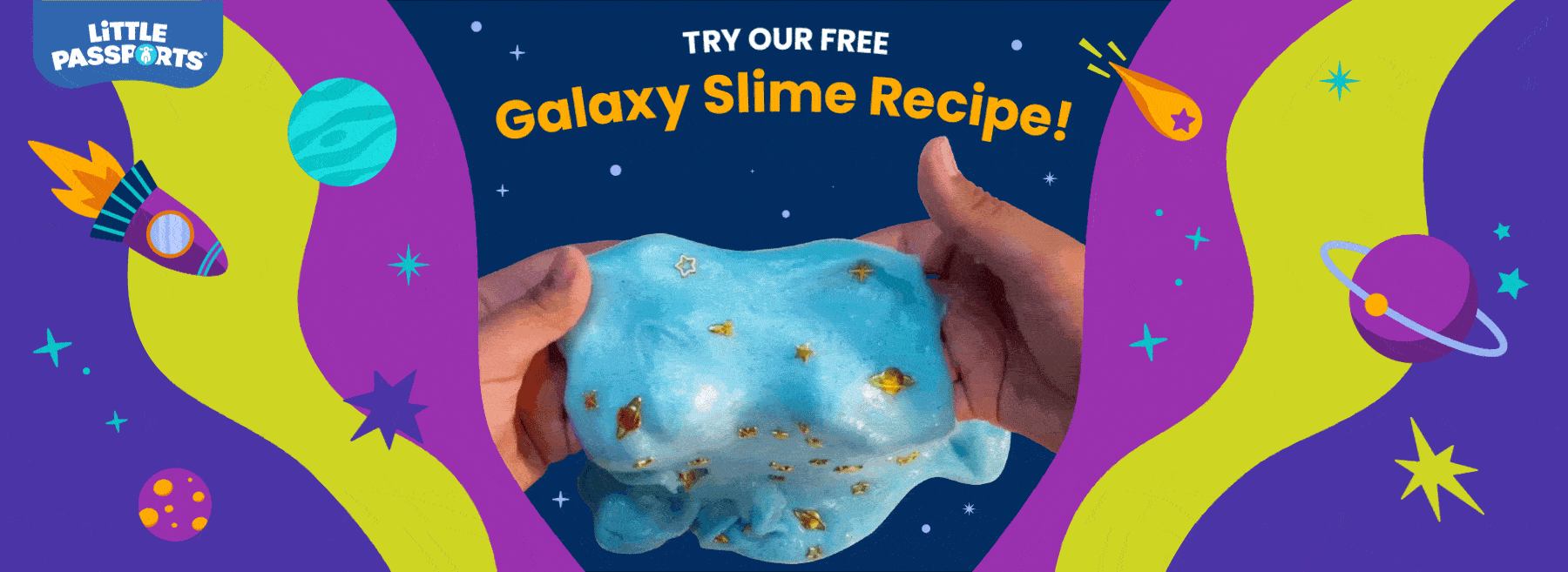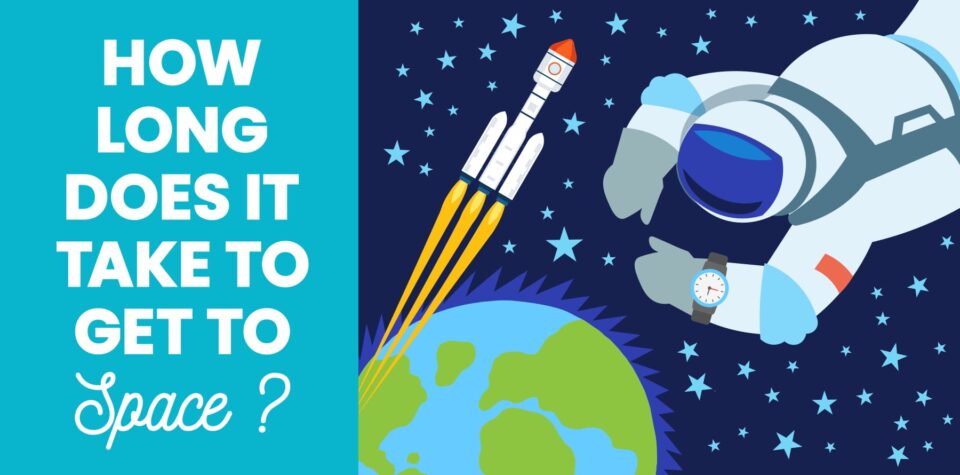
How Long Does It Take To Get to Space?
It’s time to go to space. You’re strapped into the seat of a spacecraft, maybe a Dragon or Soyuz crew capsule. The countdown is on. The systems are humming, the gantries connecting your rocket to the launch tower moving away. Any second now the rocket will ignite and throw you back in your seat on the ride of your life.
Burning in your mind, there’s an important question: how long does it take to get to space?
The answer depends on where you’re going and how you’re getting there. Your trip might take a few minutes, or it might be quite a bit longer.
Going to the Edge of Space
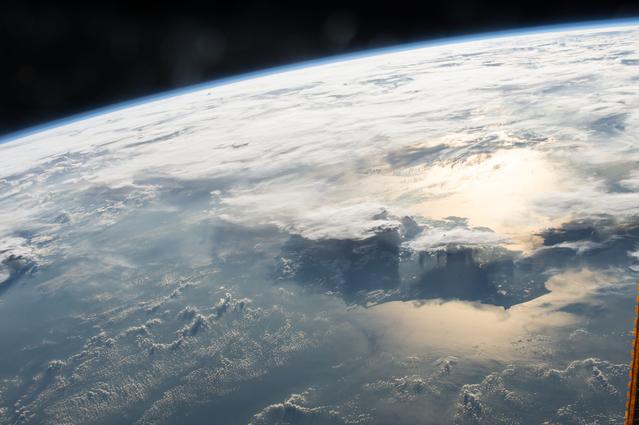
The edge of space begins 62 miles above the Earth’s surface, at a point called the Kármán Line. There’s still air up there, but it’s too thin to support an aircraft. So once you’re that high, you’d better be going fast enough to reach orbit, or you’ll fall back to Earth. Traces of Earth’s atmosphere reach up nearly 600 miles, but most scientists agree that the Kármán Line marks the edge of space, although some draw the line a little lower or higher.
Going to the International Space Station
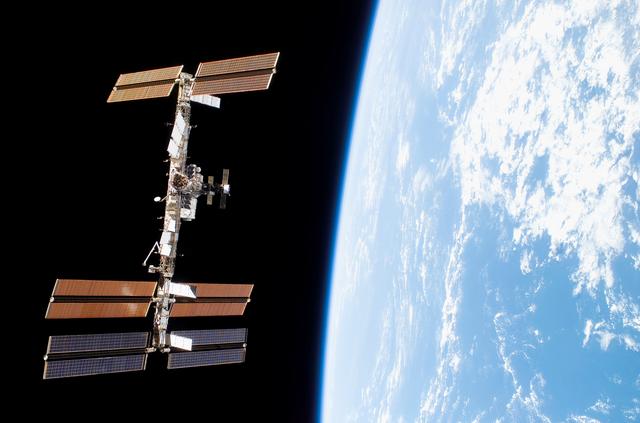
Many rockets travel farther than the edge of space. The International Space Station flies about 250 miles above the Earth’s surface. Skylab, an old US space station, flew at an altitude of 270 miles. Mir, the old Russian space station, flew at 223 miles. And the world’s newest space station, China’s Tiangong, is being built around 260 miles above the Earth’s surface.
Space stations fly in that range because of a trade-off between saving fuel and receiving supplies. The higher they fly, the less resistance they run into from traces of Earth’s atmosphere. That means they fire their engines less often to maintain their altitude. Raising the International Space Station’s altitude by 28 miles in 2011 saved it 11,000 pounds of fuel per year!
But when space stations fly higher, every spacecraft that visits them must work harder to get to them, which makes it harder to receive supplies. Mission planners for space stations are always balancing those needs, as well as things like how much radiation the crew experiences at different altitudes.
How Fast Is a Rocket Ship?
Once you know how far you’re going into space, you need to know how fast a rocket flies to figure out how long it takes to get there. Rockets travel at different speeds depending upon where they’re going. Scientists carefully calculate how fast rockets have to go and go no faster so they don’t have to carry too much fuel.
Rockets and Fuel

The faster and farther a rocket goes, the more fuel it burns. The more fuel it burns, the more it has to carry. Carrying more fuel makes the rocket heavier, which means it needs even more fuel, and soon it’s bringing fuel just to carry all the fuel it’s bringing!
It’s a bit like taking a hiking trip. Imagine you’re carrying all your food and water with you. The more food and water you bring, the slower you go, and the longer it takes to get where you’re going. That makes you need more food and water, which makes you go even slower, which makes you take even longer, which means you need more food and water, and so on.
Carrying fuel to space gets very expensive and means a rocket can’t carry as many people, satellites, and experiments into orbit, so rockets go only as fast as they need to.
Reaching the Edge of Space
Getting to the edge of space is pretty quick. The Soyuz takes less than two minutes to cross the Kármán Line, and the Dragon takes about three minutes. During those minutes, astronauts experience incredible acceleration, up to three times the force of gravity, as the rockets power through the Earth’s atmosphere and build up enough speed to get to orbit.
Docking with the International Space Station
The two spacecraft that carry people to space most often right now, the Dragon and the Soyuz, take very different times to reach the International Space Station, their usual destination. The Soyuz normally takes five or six hours but has done the trip in just over three hours. The Dragon’s fastest flight took 15 hours and 45 minutes.
Both rockets reach space in just minutes, but it takes a long time for them to catch up to the space station because they have to very carefully match its orbit around the Earth. They pass the space station, then slow down and adjust their orbit to match it. The space station catches up to them from behind, allowing them to dock with it.
Flying to the Moon
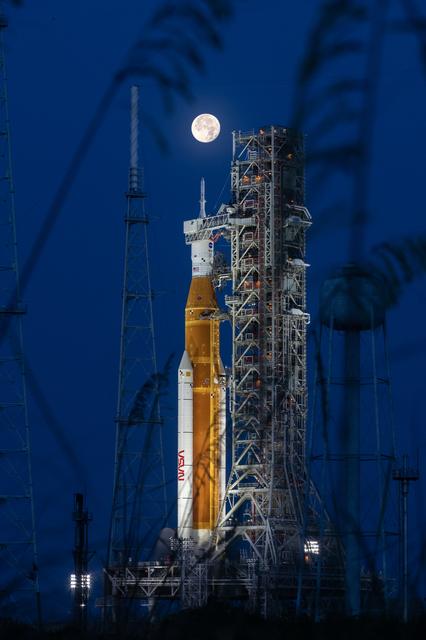
If you want to travel beyond the International Space Station, you’ll have an even longer trip. It took NASA’s Apollo missions about three days to get to the Moon. Even though the rocket that took them there was one of the most powerful ever built, they had to travel over 200,000 miles. The SLS rocket NASA is building for its next mission to the Moon (pictured above) will be even more powerful so it can carry more cargo. But it won’t necessarily travel faster. Its top speed will be similar to that of the Saturn V rocket that launched the Apollo missions.
Missions with no people aboard can get to the Moon faster, but there are limits to how much acceleration the human body can handle. That puts a speed limit on how fast a rocket carrying a crew can go.
So how long does it take to get to space? Just a few minutes. But if you want to go to the International Space Station once you’re there—let alone someplace farther, like the Moon—you’ll have to wait quite a bit longer.

